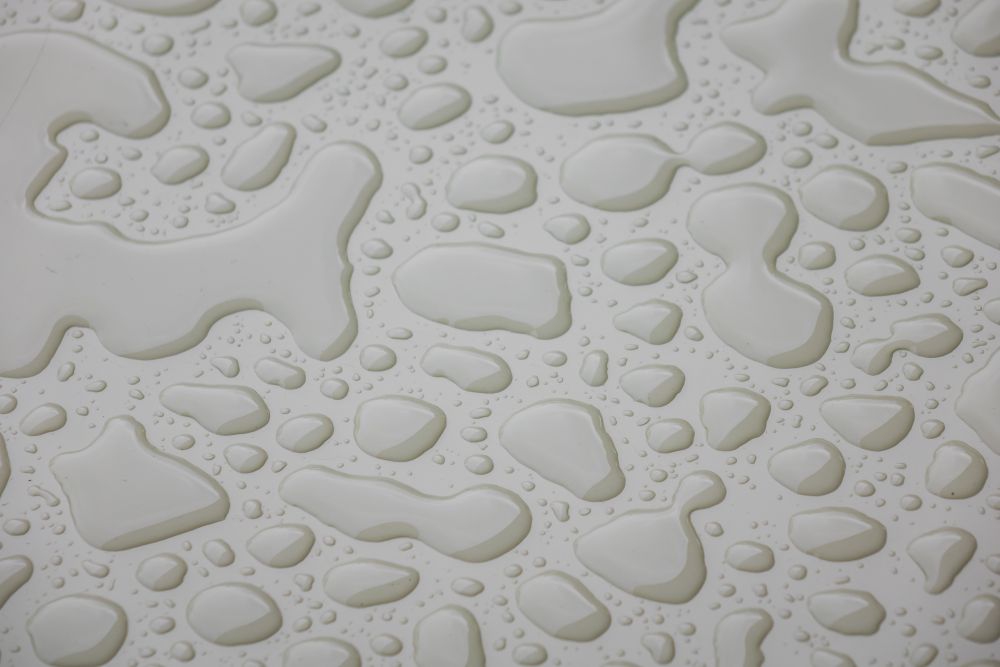How to Clean Car Seats and Eliminate Odors for Good
Maintaining clean and odor-free car seats takes careful attention and the right approach. Depending on the material, selecting appropriate cleaning supplies is key, whether that’s a gentle upholstery solution or a soft brush. Pre-treat stains promptly, allowing the solutions to sit for a few minutes before gently scrubbing.
Deep cleaning involves thorough vacuuming and, when appropriate, steam to reach embedded dirt. Odors should be addressed across all surfaces using methods such as baking soda, activated charcoal, or a vinegar solution. For more advanced techniques and guidance on maintaining your car's interior, consider consulting a premium car detailing crew to ensure the best results.
Types of Car Seat Materials
Car seats are available in a range of materials, each with its own unique characteristics and specific care requirements. Leather seats offer durability, a luxurious feel, and easy cleaning, though they require occasional conditioning to prevent cracking. Fabric seats are comfortable and come in many styles, but can stain more easily.
Nylon upholstery is known for durability and stain resistance, while vinyl is affordable and simple to maintain but lacks the premium feel of leather. Suede offers a soft, stylish appearance but requires delicate cleaning methods to maintain its appearance. Understanding the traits of each material helps determine the best cleaning approach, ensuring both comfort and long-lasting appearance.
Essential Cleaning Supplies
Effective car seat cleaning starts with having the right tools. A high-quality upholstery cleaner suitable for your seat material is essential. Soft-bristled brushes and microfiber cloths allow for gentle cleaning without causing damage. Stain removers specifically designed for automotive upholstery help tackle persistent stains.
A handheld vacuum cleaner is invaluable for removing dirt and debris from crevices. Odor neutralizers or deodorizers can be used to address lingering smells, ensuring a fresh interior. Having these supplies ready makes the cleaning process smoother and more effective, protecting your car’s interior over time.
Pre-Treating Stains
Addressing stains early improves the effectiveness of the overall cleaning process. Identify the type of stain to select the most suitable treatment. Gently blot the area with a clean cloth to remove excess residue, avoiding rubbing that could spread the stain.
Apply the pre-treatment solution and allow it to penetrate for the recommended time. Using a soft brush, gently work the solution into the stain to help lift it from the fibers. Careful pre-treatment ensures that subsequent cleaning steps are more successful and prevents stains from setting permanently.
Deep Cleaning Techniques
Deep cleaning involves removing embedded dirt and debris while refreshing the material. Begin by thoroughly vacuuming all seat surfaces, paying close attention to seams and crevices where particles tend to accumulate. Using a steam cleaner with an upholstery attachment allows the fibers to be sanitized and dirt to be lifted from deep within.
The heat and moisture from the steam also help eliminate odors trapped in the fabric. Work systematically, covering the seats section by section to ensure a consistent clean. This approach leaves the interior looking fresh and contributes to a healthier environment inside the vehicle.
Odor Elimination Methods
Addressing odors requires attention to all areas where smells can linger. Ensure the surfaces are clean and dry before applying odor-fighting solutions. Baking soda can be sprinkled over fabric seats and left to absorb odors before vacuuming. Steam cleaning helps neutralize stubborn smells embedded in the fibers.
Activated charcoal bags placed in the car naturally absorb ongoing odors. For a more accessible solution, a vinegar-and-water mixture can be lightly applied to wipe down surfaces, providing a natural deodorizing effect without the use of harsh chemicals. These methods help restore a neutral, fresh scent to the car’s interior.
Maintenance Tips
Maintaining car seats in good condition relies on consistent care. Regular vacuuming prevents the build-up of crumbs, dirt, and debris, while spot cleaning spills immediately reduces the risk of stains. Using seat covers adds an extra layer of protection against wear and tear, extending the life of your upholstery.
Limiting eating and drinking inside the vehicle can also reduce the chance of spills and messes. Consistent attention to these habits keeps your car interior clean and fresh, ensuring that seats retain both their appearance and comfort over time.
Related Topics:
- How To Buff Out Scratches on a Car the Right Way
- How to Clean Headlights and Make Them Look Brand New





